Your cart is currently empty!

The art of bonsai is more than just growing small trees in pots — it’s a centuries-old practice that blends horticulture with artistic expression. The classic bonsai style is rooted in tradition, emphasizing natural beauty, harmony, and patience. It invites us to slow down, observe, and appreciate the subtle changes that come with time and care.
What is a Classic Bonsai?
A classic bonsai refers to traditional styles of bonsai trees, inspired by natural forms found in the wild. These styles — such as formal upright (Chokkan), informal upright (Moyogi), slanting (Shakan), and cascade (Kengai) — are characterized by balance, proportion, and age-defining features like tapering trunks, exposed roots, and refined branch placement.


Tools and Techniques
Creating a classic bonsai involves pruning, wiring, repotting, and shaping over years — sometimes decades. Tools are minimal but precise: shears, wire cutters, tweezers, and root rakes. Each snip or bend is a decision that shapes the future of the tree.
Philosophy Behind the Practice
Classic bonsai represents a connection between humans and nature. It teaches patience, discipline, and appreciation for imperfection — often echoing the Japanese aesthetic of wabi-sabi. Each bonsai is a living sculpture, always evolving, and never truly finished.
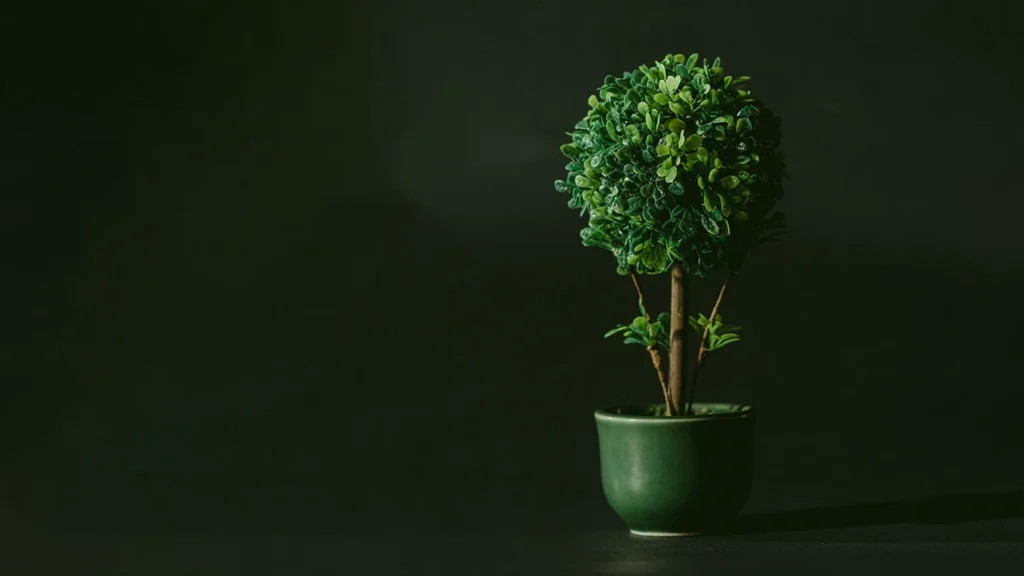
Best Trees for Classic Bonsai
Some of the most iconic species used in classic bonsai include:
- Juniper – flexible branches and vibrant greenery.
- Pine – symbolizes longevity, often used in formal styles.
- Maple – valued for its seasonal color changes.
- Ficus – ideal for beginners, strong and adaptable.
Caring for Your Classic Bonsai
Classic bonsai trees need consistent care:
- Water only when the soil begins to dry.
- Provide bright, indirect sunlight.
- Trim and prune regularly to maintain shape.
- Repot every 2–3 years to refresh soil and check root health
Beautiful bonsai! It adds calm and elegance to my office. Easy to care for and truly a work of art
— Emma Larson
Final Thoughts
The beauty of classic bonsai lies not in perfection, but in the story it tells — a tale of time, growth, and quiet contemplation. Whether placed on a windowsill, desk, or traditional alcove, a bonsai adds a timeless elegance and a whisper of nature to any space.


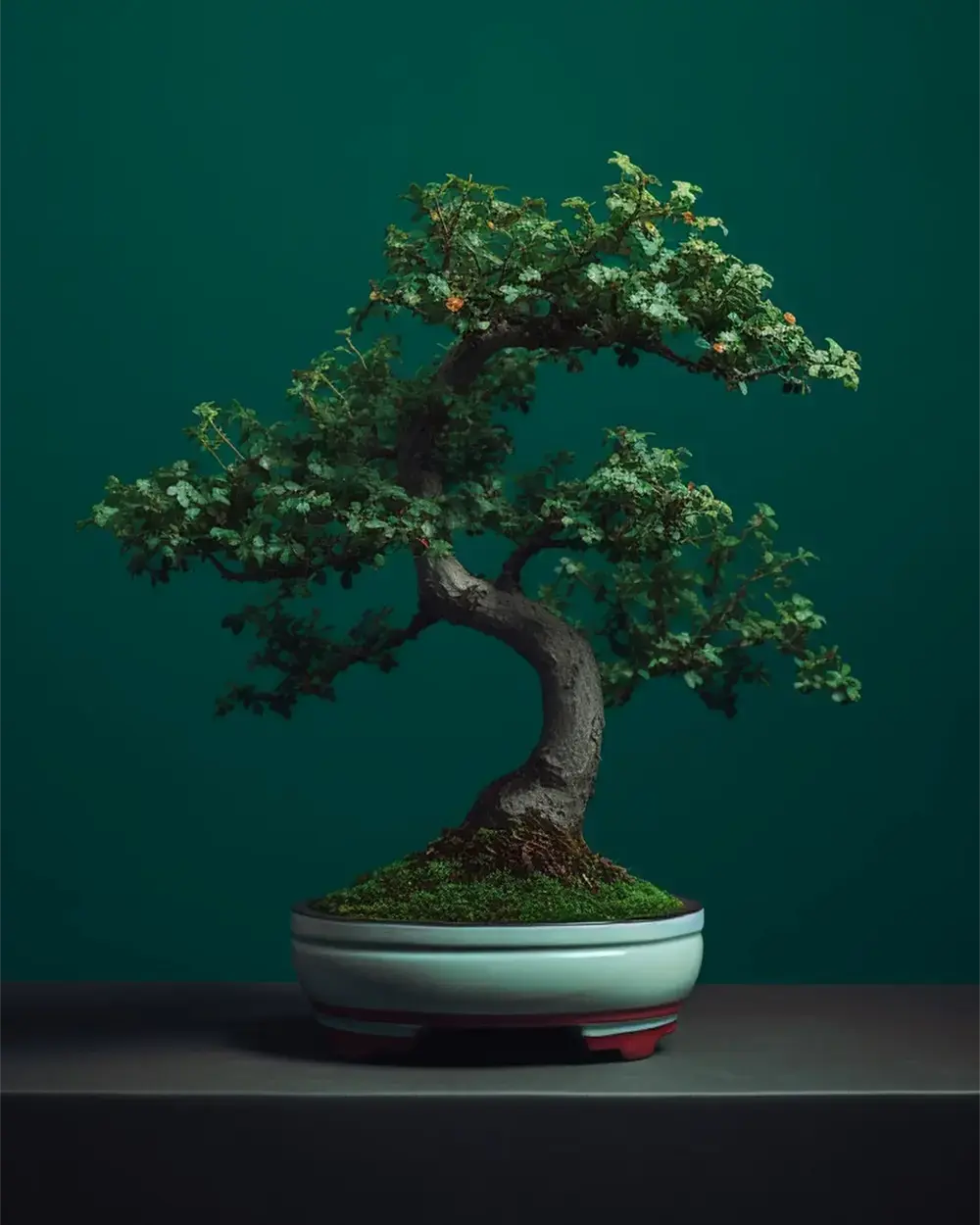

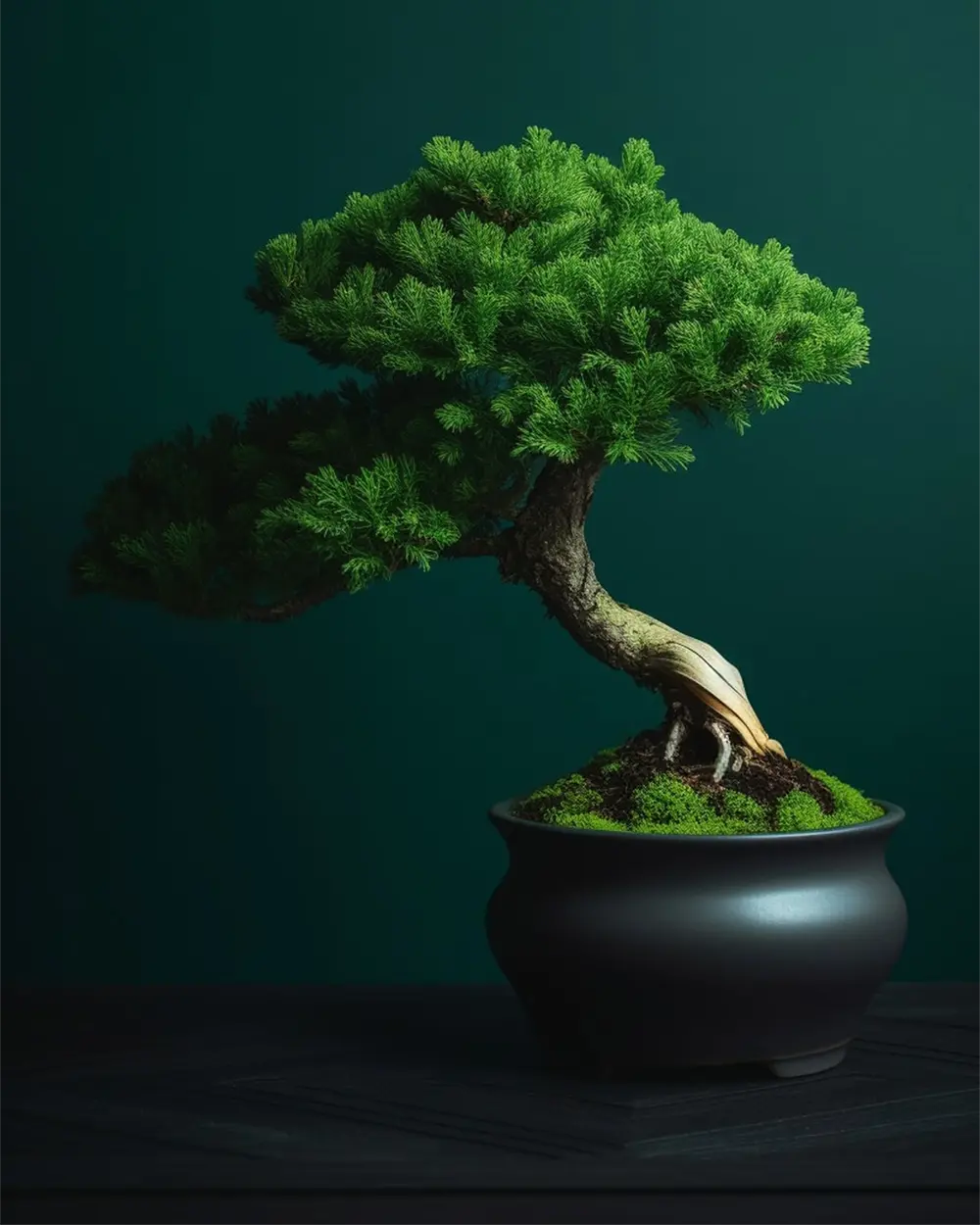
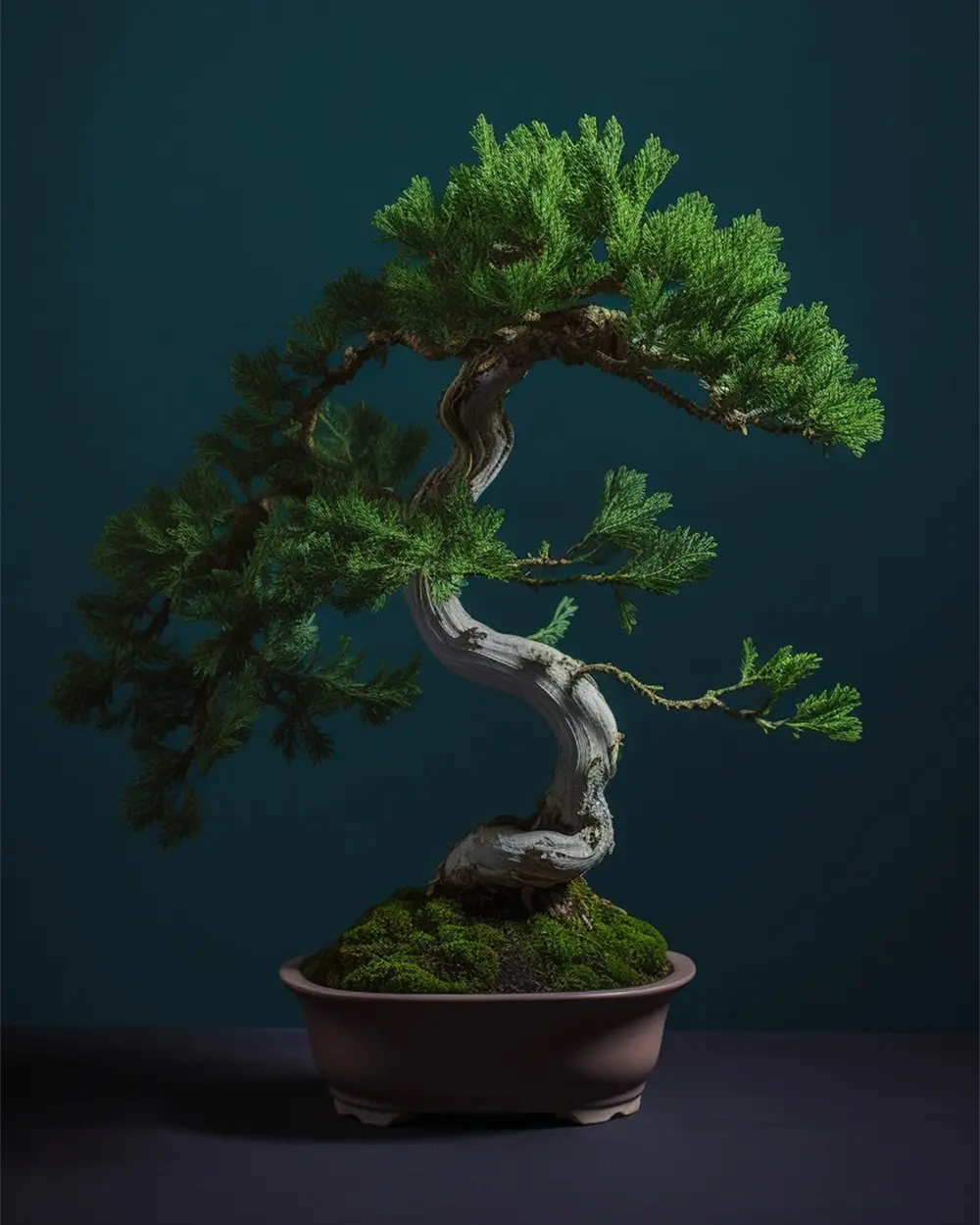


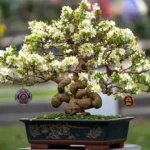
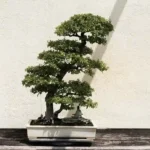
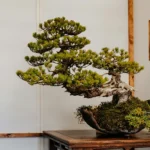
Leave a Reply